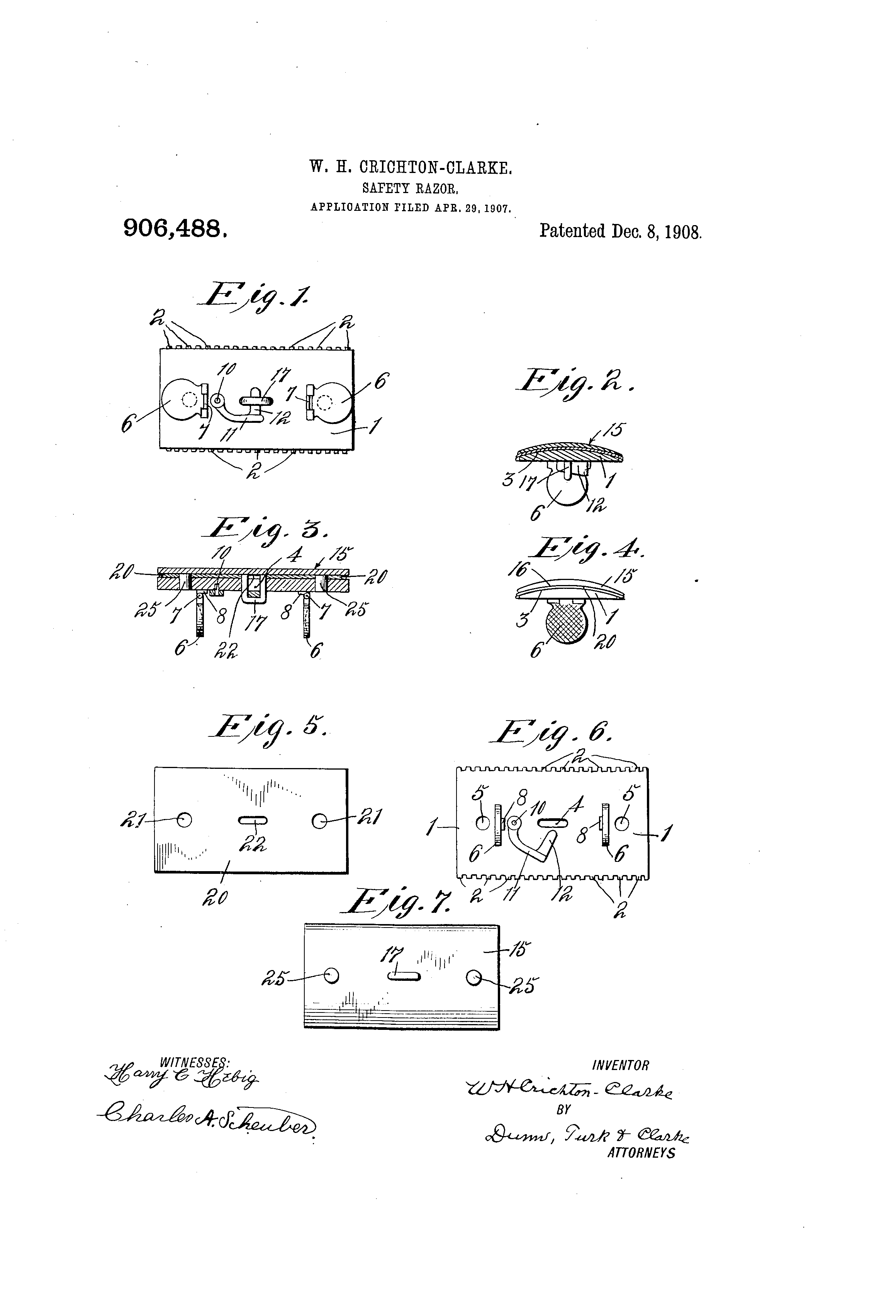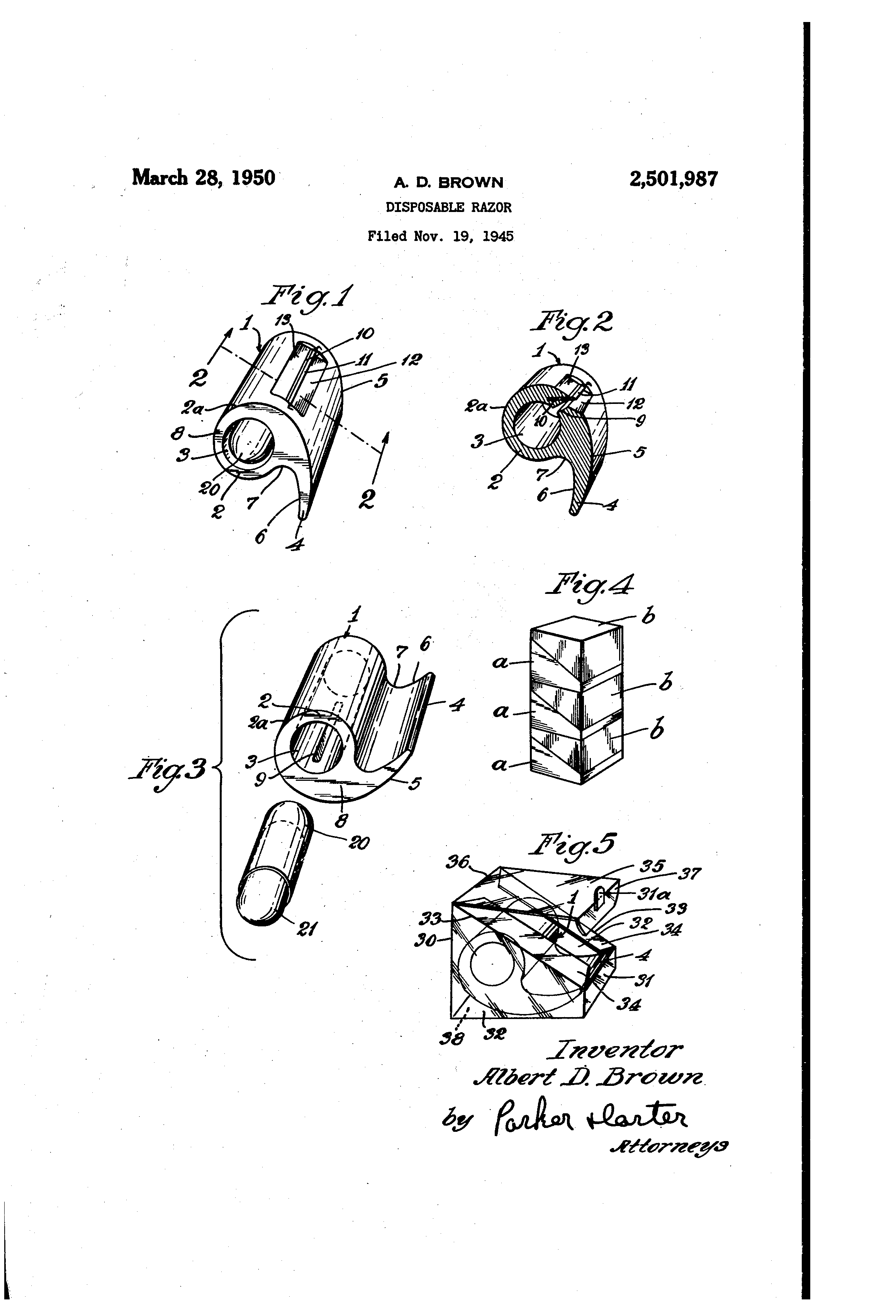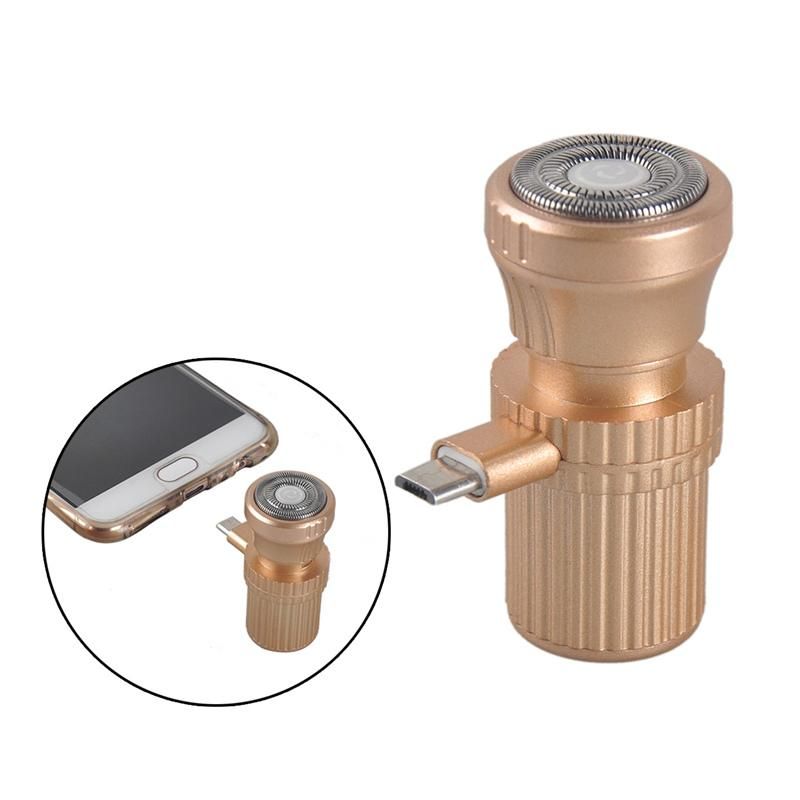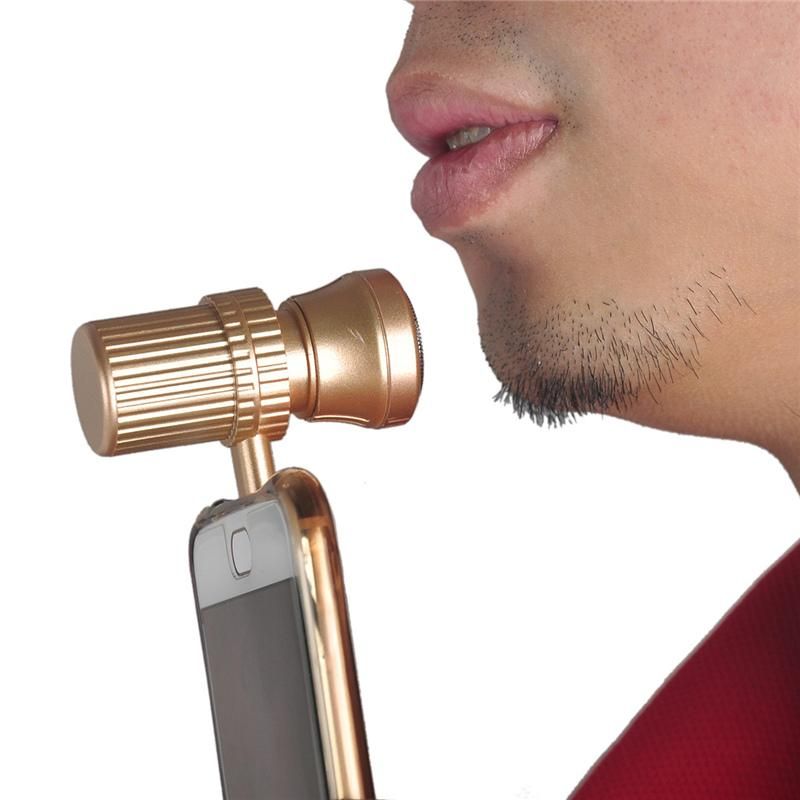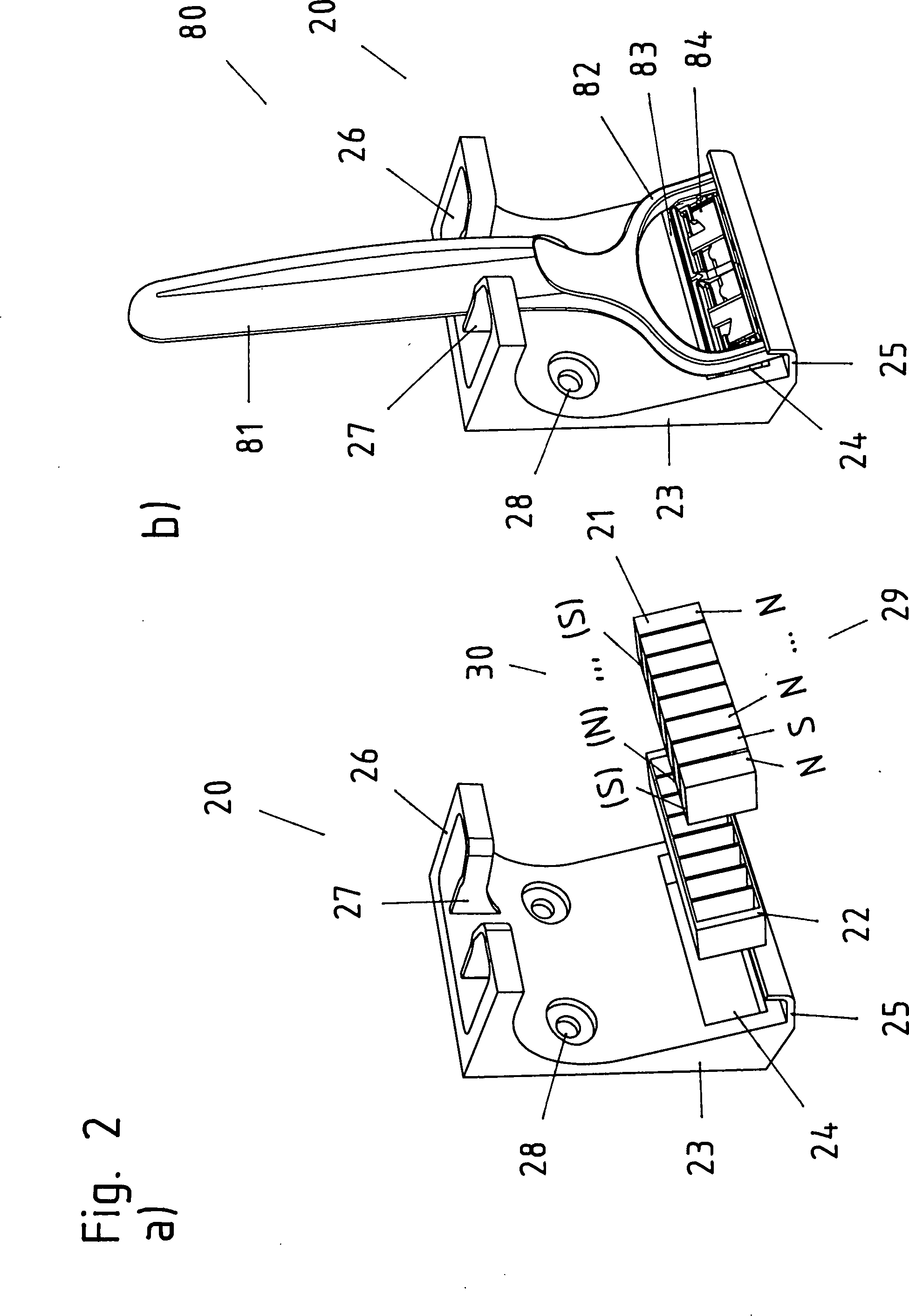If I told you that there is a patent for a disposable razor that is not only hygienic and sanitary, comes with lather and styptic, and that furthermore
is complete in itself and can be made readily available to the medical profession, in hospitals, offices, or on the highway miles from such olices and hospitals.
It can be made readily attractive for use by women as well as men, dispensed in stores of all kinds, hotels, highway bus and air stations in connection with all modes of transportation, beauty parlors and other places of business.
what would you say? Wondering where you might get hold of some of them, right?
There is just one problem… despite the fact that Mr Edward H Lyon applied for a patent in 1949 and got it granted five years later, it seems it never really took off. In part, I suspect, since it was mostly constructed out of paper or other inexpensive material – the only metal part was the blade – and by the description it would be hard to see it surviving more than a single shave. In essence, it was the forerunner to the modern day flimsy plastic disposable; just 40-50 years too early.
The razor was to be sanitized and packaged in a transparent, sterile bag with a supply of beard softening material, such as shaving cream, a blood coagulator such as a styptic pencil, and if desired an after-shaving preparation such as powder or the like inserted into the hollow handle to stiffen it during shipping.
Yes, the razor was expected to be so flimsy the handle needed support during shipping – how it were to stand up to actual shaving is anybody’s guess.
As for the description of the drawing;
Fig. 1 is an exploded View of a razor consisting of a holder and a blade in accordance with the present invention;
Fig. 2, a front elevation of the same in a bag;
Fig. 3, an end elevation thereof;
Fig. 4, a section on the line 4-4 of Fig. 3;
Fig. 5, a top plan view;
Fig. 6, a perspective of a modied form of handle;
Fig. 7, the blank used in making the handle of Fig. 6;
Fig. 8, a perspective of the tape and securing means as shown in Fig. 6;
Fig. 9, a fragmentary vertical section through a head similar to that of Figs. l to 5 but designed for a single-edge razor blade; and
Fig. 10, a similar fragmentary section for another type of single-edge blade.
I like the fact that Mr Lyon planned for not just DE blades, but two kind of SE as well. I don’t like the implied fragility of the handle though, and I have no idea how well a razor shaped from paper material would hold up to shaving.






